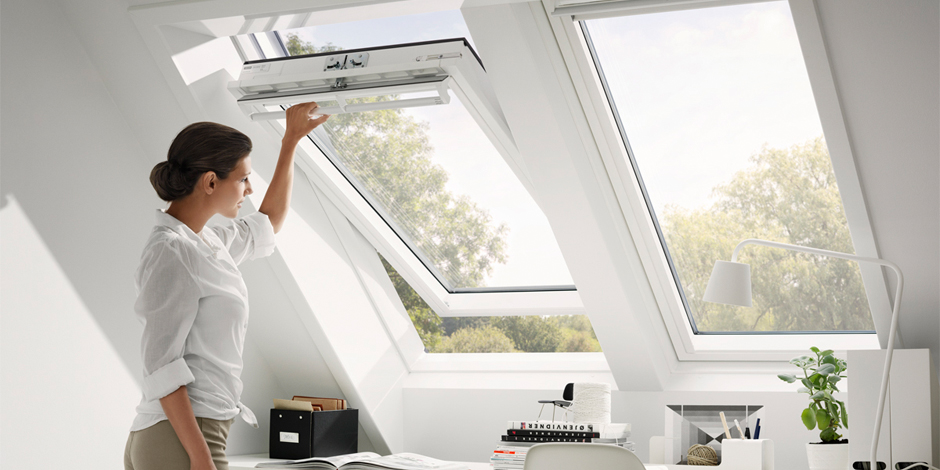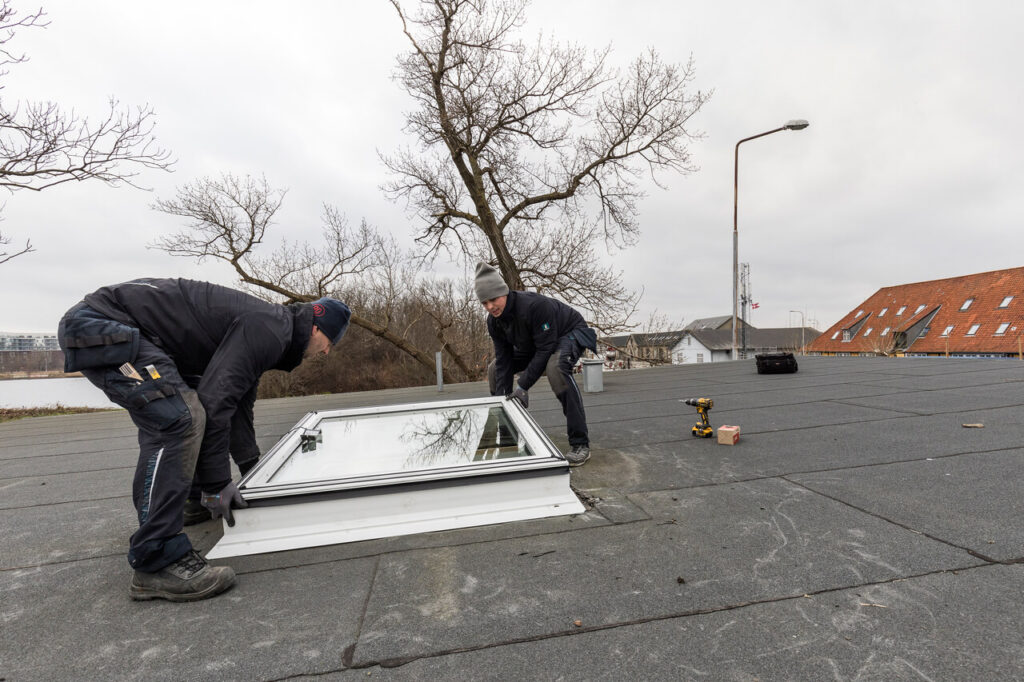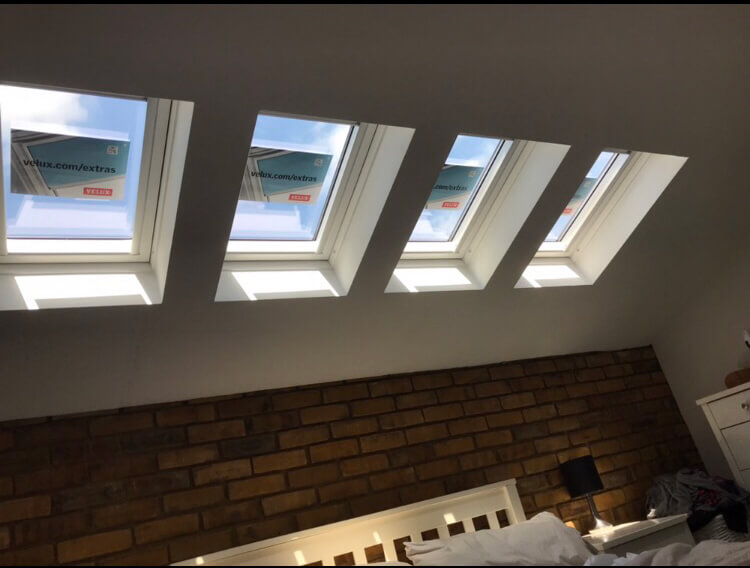Key Takeaways for Velux Window Seal Maintenance
Why Velux Window Seal Maintenance Matters
Proper maintenance of Velux window seals is essential to keep your windows watertight and energy-efficient. Neglected seals can lead to water leaks, draughts, and potential structural damage, compromising the comfort and safety of your home. This comprehensive guide offers practical, expert-backed advice on Velux window seal maintenance, empowering you to protect your home and prolong the life of your Velux windows.
Understanding Velux Window Seals
What Are Velux Window Seals?
Velux window seals, often referred to as gaskets or weatherstripping, are rubber or silicone components that form a barrier between the window frame and sash. These seals prevent water, air, and dust from entering, ensuring watertight Velux windows. Over time, exposure to sunlight, temperature changes, and moisture can degrade these seals, reducing their effectiveness.
Why Maintenance Is Essential
Neglecting Velux window seal maintenance can result in water ingress, increased energy costs, and damage to your home’s interior. Regular care helps maintain energy efficiency, prevents leaks, and avoids costly repairs. A consistent maintenance routine ensures your Velux windows perform optimally for years.
Step-by-Step Guide to Velux Window Seal Maintenance
Step 1: Inspect Your Seals Regularly
To prevent Velux window leaks, inspect seals every six months. Look for:
Use a torch to examine hard-to-reach areas and gently press seals to assess their condition. Early detection allows for timely action.

Step 2: Clean Seals Properly
Cleaning is vital for Velux window seal maintenance. Dirt and debris can degrade seals, compromising their ability to keep windows watertight. Follow these steps:
Clean seals at least twice a year, ideally in spring and autumn, to maintain Velux window weatherstripping.
Step 3: Lubricate Seals for Longevity
Lubrication keeps seals flexible and prevents cracking. Use a silicone-based lubricant (not petroleum-based, as it can degrade rubber). Apply as follows:
Lubricate annually after cleaning to maintain Velux window seals effectively.
Step 4: Velux Window Gasket Replacement
If seals are damaged beyond repair, Velux window gasket replacement is necessary. Here’s how:
For complex models, consider hiring a professional to ensure proper installation.

Step 5: Schedule Professional Maintenance
While DIY maintenance is effective, professional inspections every few years ensure long-term performance. Trained Velux installers can assess seals, frames, and glazing, addressing issues you might miss. Contact Yorkshire Roof Windows for expert maintenance services.
Common Issues and How to Address Them
Leaks During Heavy Rain
If you notice leaks, check seals for gaps or damage. Clean and lubricate first; if the issue persists, consider Velux window gasket replacement. Ensure external flashing is intact, as it works with seals to keep water out.
Draughts or Air Leaks
Draughts indicate compromised Velux window weatherstripping. Inspect seals and replace if necessary. Check the window’s alignment, as misalignment can strain seals.
Condensation Between Panes
Condensation inside the glass suggests a failed seal in the glazing unit, not the frame seal. Contact a professional to replace the glazing unit.
Frequently Asked Questions About Velux Window Seal Maintenance
How often should I perform Velux window seal maintenance?
Inspect and clean seals every six months, lubricate annually, and schedule professional checks every few years to ensure watertight Velux windows.
Can I use household products to clean Velux window seals?
Yes, mild dish soap and water are safe. Avoid harsh chemicals like bleach or ammonia, which can degrade seals.
How do I know if my Velux window seals need replacing?
Look for cracks, brittleness, or gaps. If seals no longer form a tight barrier or leaks persist after cleaning, replace them promptly to prevent Velux window leaks.

What causes Velux window seals to degrade faster?
Exposure to intense sunlight, extreme weather, or debris buildup can accelerate wear. Regular cleaning and lubrication help mitigate these effects.
Can I replace Velux window seals myself, or should I hire a professional?
Simple replacements can be done yourself with genuine Velux parts, but complex models or older windows may require professional expertise for a proper fit.
How do I maintain Velux window seals in coastal areas?
Salt air can corrode seals faster. Clean seals more frequently (every three months) and apply silicone lubricant to protect against moisture and salt damage.
What should I do if my Velux window seals are sticking?
Sticky seals may have debris or degraded lubricant. Clean thoroughly with soap and water, dry, and apply fresh silicone lubricant to restore smooth operation.
Can poor seal maintenance affect my Velux window’s warranty?
Neglecting maintenance may void warranty claims related to leaks or seal failure. Follow Velux’s guidelines and keep records of maintenance to stay compliant.
How do I check if my Velux window seals are still effective?
Close the window and run a piece of paper along the seal. If it slides easily, the seal may be loose and need replacement. No resistance indicates a tight seal.
What’s the difference between Velux window seals and flashing?
Seals (gaskets) are internal rubber components that seal the sash to the frame. Flashing is external, directing water away. Both are crucial for watertight windows.
Expert Tips for Long-Term Success
Conclusion
Velux window seal maintenance is a straightforward but essential task to keep your windows watertight, energy-efficient, and long-lasting. By regularly inspecting, cleaning, lubricating, and replacing seals as needed, you can prevent leaks and maintain your home’s comfort. For professional support or genuine Velux replacement parts, Yorkshire Roof Windows offers expert services.








